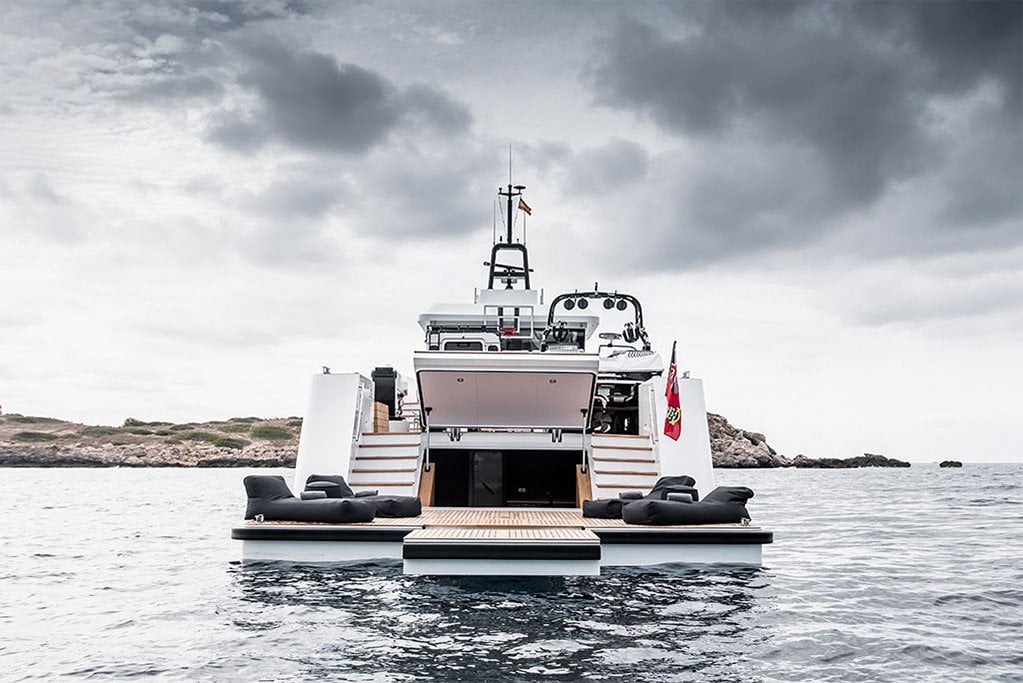The key to getting the most out of a long journey is planning for the path you will be taking. Whether you’re going across the country and driving yourself or taking a tour of an area you always wanted to see at your own speed, having the right supplies, pacing yourself, and knowing what you’re likely to encounter along your path are all going to make your experience better. When it comes to preparedness, there are a few key practices that will help you get in the right mindset so you know how to better approach the execution of your plan. From making sure you’ve covered all your bases to managing your expectations about travel time and stress, a little extra effort goes a long way.
Manage Expectations With Hard Facts
A little knowledge goes a long way, which is why you should make sure you research your path and your major obstacles along the way. From traffic in metropolitan areas to unexpected closures, these obstacles can wreck your plans if you don’t take them into account. That includes obstacles like needing to stop for the night and finding yourself in the middle of a hotel desert with few options that fit your needs. If you look at each day’s goals as a single unit and try to find an endpoint that brings you as far as you need to go without keeping you on the road more than six to eight hours in a single day, you can save resources for managing your other needs, and you can take the time to really see where you’re going, because you can schedule sightseeing breaks that give you the rest you need productively.
Give Yourself the Tools To Succeed
If there are obstacles like construction on your route, planning your way around them is the best thing to do. Other obstacles, like a lack of hotels or a budget that makes you want to steer around them, require tools. Whether you’re camping out to save money or trying to make sure you have everything you need in case of a breakdown, there are a few things you can do to make sure you can pull out of any unexpected jam on the road.
- Bring extra clothes to suit any possible weather the local climate pulls up
- Make sure you have basic hand tools and auto accessories like jumper cables
- Book with CarRentals.com and check out their resources for road trip planning
- Keep your devices charged and powered up so you can reach out for help
- Maximize your insurance options and make sure you have towing and other assistance options enabled
Why Rent for Your Road Trip?
It might seem like renting a car for your trip adds an extra layer of expense, but it can actually be a cost saver. For starters, if you rent you don’t have to worry about an expensive repair on the road that could sideline your only vehicle. It sets up a fail-safe situation where if you get stuck, you have the support of the rental company and the knowledge that your own vehicle is safe at home. It also gives you access to a vehicle that is maintained to its best possible operating efficiency, and typically one that is less than a year old, because a lot of rental companies turn over their stock every 12 to 24 months. That means you can drive something with a little extra comfort without investing in a new car, too.









